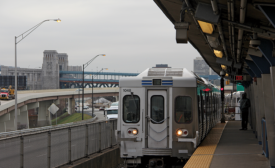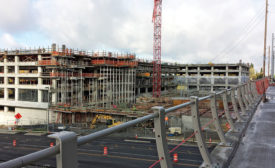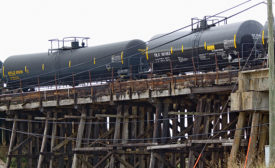Home » Rail
Articles Tagged with ''Rail''
DC Metro Plans Major Rebuilding
After service disruptions, contractors are set to do some needed agency work to include track and electrical upgrades
Read More
The latest news and information
#1 Source for Construction News, Data, Rankings, Analysis, and Commentary
JOIN ENR UNLIMITEDCopyright ©2025. All Rights Reserved BNP Media.
Design, CMS, Hosting & Web Development :: ePublishing










